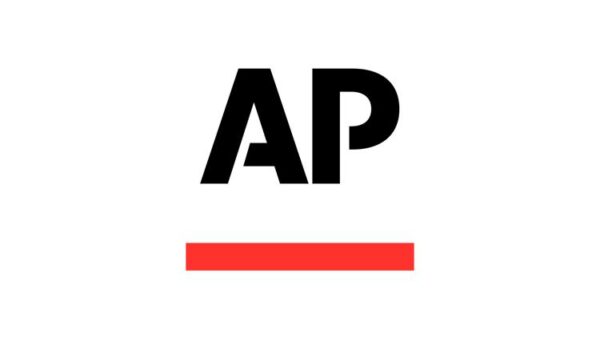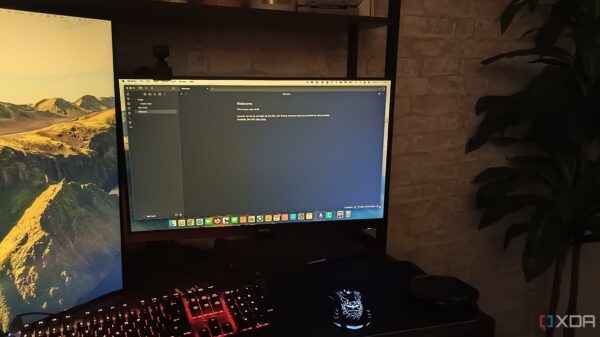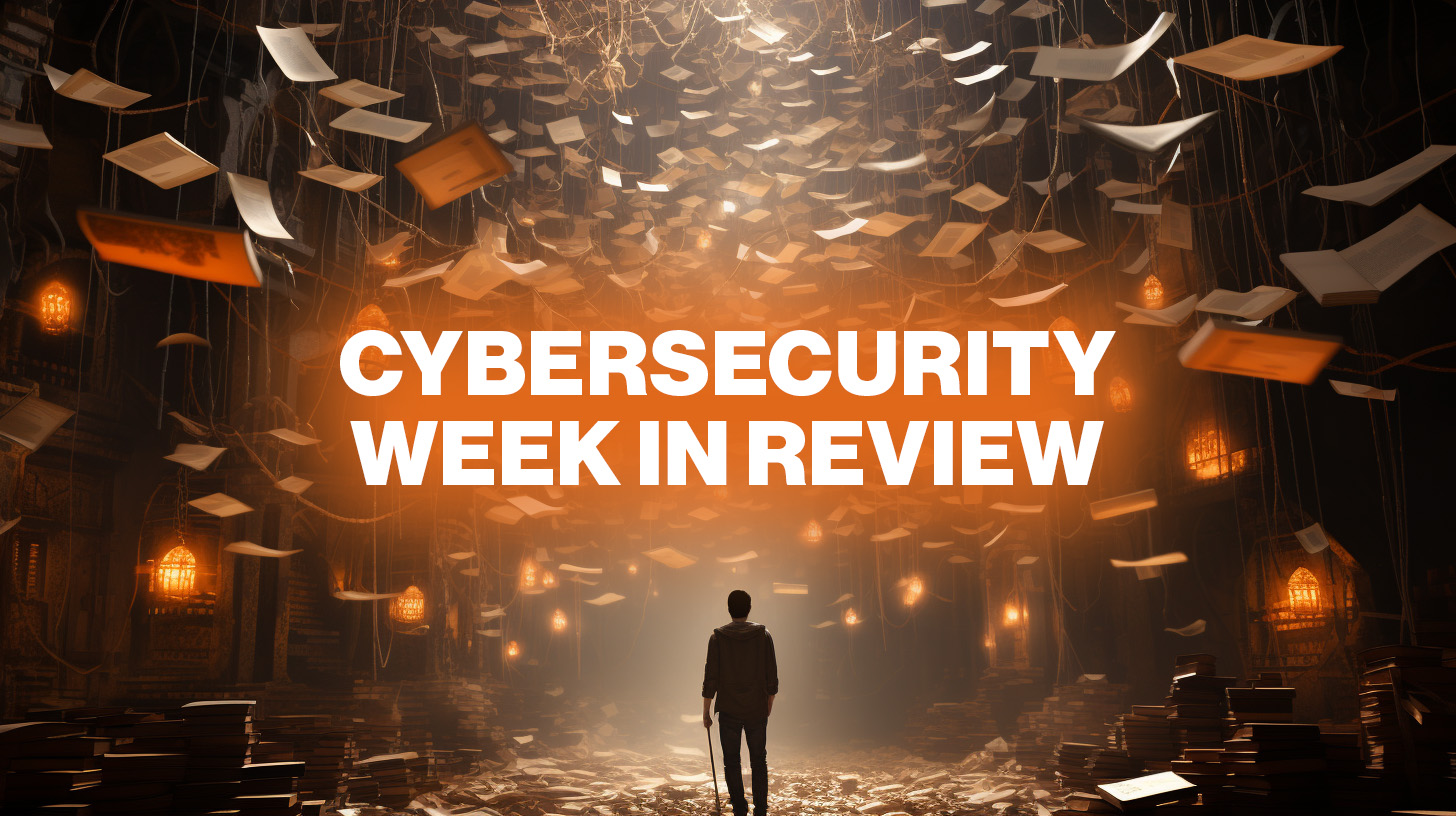Last week revealed significant vulnerabilities in cybersecurity, with many Cisco Adaptive Security Appliances (ASA) remaining unprotected despite warnings. Cybersecurity experts continue to sound alarms on the ongoing risks associated with open-source software and the evolving tactics of cybercriminals, including a claim by hackers regarding a breach of Red Hat’s GitLab repositories.
Persistent Vulnerabilities in Cisco ASA Firewalls
Despite repeated alerts from Cisco and various cybersecurity agencies regarding zero-day vulnerabilities (CVE-2025-20333 and CVE-2025-20362), approximately 48,000 Cisco ASA appliances remain unsecure. These vulnerabilities have been actively exploited by attackers for months, creating significant risks for organizations still using these devices.
In a related development, the Cybersecurity and Infrastructure Security Agency (CISA) announced that it will enhance its support for state, local, tribal, and territorial governments as federal funding for the Multi-State Information Sharing and Analysis Center (MS-ISAC) winds down. This strategic shift aims to equip these governments with the necessary tools and expertise to bolster their cybersecurity measures.
Red Hat and Broader Cyber Threat Landscape
In another alarming incident, hackers from the Crimson Collective claimed to have accessed Red Hat’s GitLab, exfiltrating data from over 28,000 internal repositories linked to the company’s consulting business. This breach underscores the vulnerabilities present in open-source software, which powers countless applications and infrastructure.
Security leaders emphasize the pressing need for organizations to reassess their cyber resilience strategies. In an interview with Help Net Security, Vivien Bilquez, Global Head of Cyber Resilience at Zurich Resilience Solutions, highlighted how Chief Information Security Officers (CISOs) must align cybersecurity efforts with broader business goals. This alignment is crucial for securing executive support and addressing often-overlooked risks.
As cyber threats evolve, attackers are increasingly leveraging generative AI to craft sophisticated phishing attempts and malicious code. The emergence of new tools and frameworks, such as the A2AS framework aimed at mitigating risks associated with AI systems, illustrates the urgent need for effective defenses against these advanced threats.
Industry Responses to Growing Risks
The cybersecurity landscape is becoming increasingly complex, with ransomware attacks continuing to rise. According to a report from Allianz, ransomware was involved in 88% of breaches at small and medium firms, compared to just 39% at larger enterprises. This shift indicates that attackers are pivoting towards less fortified targets as defenses at major corporations strengthen.
In an effort to enhance security, Google recently introduced AI-powered ransomware detection and file restoration features in its Drive for desktop application. This innovation is part of a broader trend where technology companies are integrating advanced security measures into their products to counteract the growing prevalence of cyber threats.
On the open-source front, ESET researchers have identified two new spyware families impersonating secure messaging apps, further complicating the security landscape. These spyware campaigns, aimed at users seeking secure communication options, highlight the deceptive tactics employed by cybercriminals.
As organizations navigate these challenges, the need for robust cybersecurity practices has never been greater. From understanding the implications of open-source vulnerabilities to implementing comprehensive security programs, businesses must remain vigilant in their efforts to safeguard critical infrastructure and sensitive information. The evolving nature of cyber threats requires a proactive approach, urging companies to reassess their defenses and prioritize cybersecurity in their strategic planning.








































































